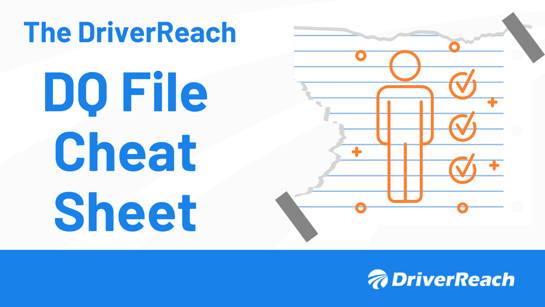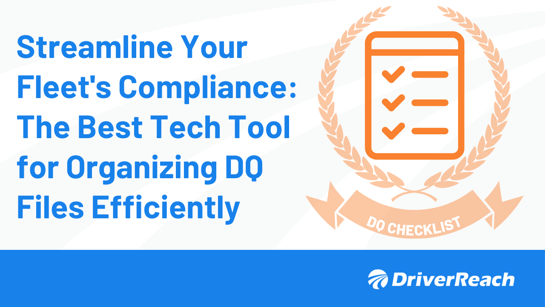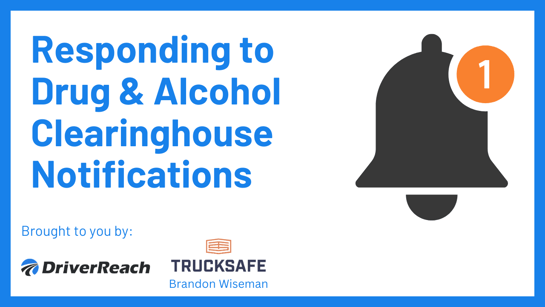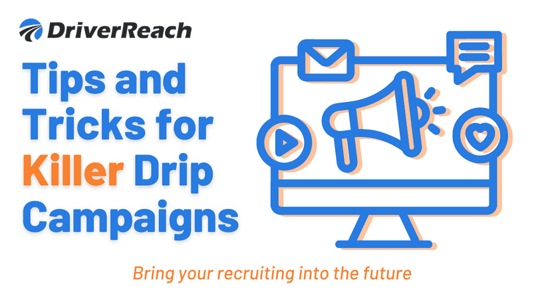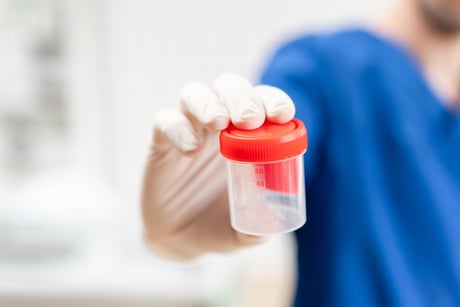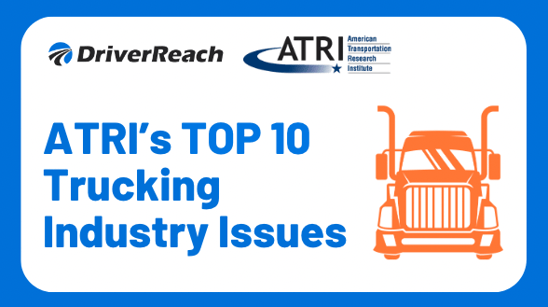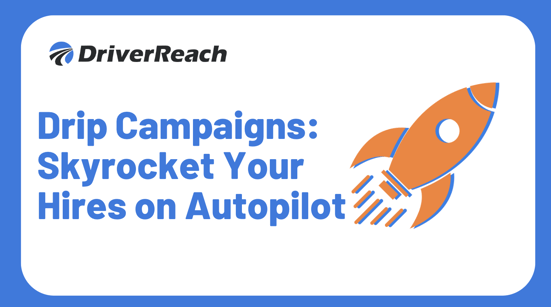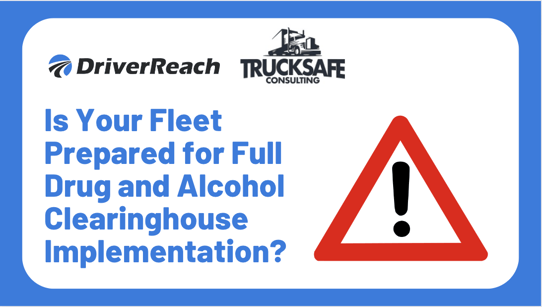Did you have a chance to attend our recent webinar, “Hair Testing, Younger Drivers, and Hours of Service… Will the Federal Government Help Trucking Evolve?” We received more questions than we had time to answer in the allotted time frame, so P. Sean Garney, Vice President at Scopelitis Transportation Consulting, answered them below in this Q&A-style blog post.
If you weren’t able to join the live webinar, don’t worry – you can watch it on-demand anytime!
Question: Urine test to verify hair test. How long does it take to get the positive hair test back. If it is over periods of days, the drug can metabolize or can be flushed from the system. How do we address this?
Answer: There are a lot of factors that impact how long it takes to get confirmed results from a hair. It’s true that if it takes a matter of days, the substance could be flushed out of the testee’s system. This is why HHS suggests it would allow both samples to be obtained at the same time.
Question: Is 200 drivers large enough to generate enough data to be validated?
Answer: Generally, a larger sample produces better results but, there are limiting factors to expanding the sample size, most notably, the cost of enrolling additional participants. 200 is the number FMCSA generally uses for pilot studies to return statistically significant results. FMCSA will attempt to enroll the mix of drivers from various industry segments to produce a representative sample.
Question: I keep hearing about saliva testing being okay. So when are those tests going to be available? I hear they are even better than hair!
Answer: The guidelines for oral fluid testing have been finalized by HHS as an allowable testing method of federal employees. In order for motor carriers to use it for DOT regulated drug tests, the Department of Transportation needs to initiate and finalize a rulemaking. The issue was placed on the DOT regulatory agenda for the first time in Spring 2020 but the proposed rule has not been published yet and is currently well behind schedule.
Question: How will politics play into the proposed pilot programs?
Answer: Wherever there is a presidential transition, the priorities of the agencies are reassessed based on those of the incoming administration. If president Trump loses his reelection bid, the Biden administration will do the same and may choose to alter or halt the pilot programs.
Question: What are the motor carrier requirements to participate in the pilot programs?
Answer: FMCSA has outlined the following requirements for motor carriers to participate in the pilot programs:
- Have proper operating authority
- Meet minimum insurance requirements
- Not be consider high risk
- Not have a conditional or unsatisfactory safety rating
- Have no open enforcement actions
- Have a crash rate at or below the national average
- Have an OOS (vehicle and driver) at or below the national average
In addition, FMCSA has indicated that if the motor carrier fails to meet these conditions it may be removed from the program.
Stay up to date on CDL trucking trends! Be sure to check out the DriverReach blog for other relevant articles and head over to our webinars page for an up-to-date list of upcoming events and on-demand recordings.
Interested in seeing DriverReach’s modern Recruiting and Compliance Management System in action? Request a demo!


